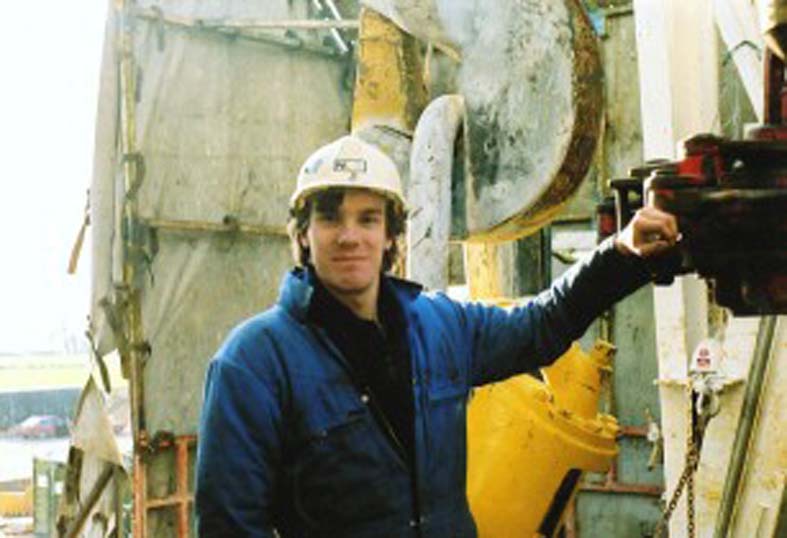Daryl Wake, behavioural safety expert, DEKRA Organisational Reliability Ltd, has discussed what safety leaders need to do to give safety a ‘seat at the table’
According to him, safety is an integral part of any oil and gas company. The organisations that are better at safety tend to perform better in other business functions.
“It is not a matter of making a case for why safety should be present in the boardroom. Many have done so and the case is compelling. The real reason is that despite recognising its value to the business, safety still largely acts and moves like a non-strategic function. For example, many organisations have not learned to translate safety into terms recognisable to a board, or how to map out a career path for a safety expert beyond regulatory management,” he added.
There are three critical things leaders need to do to ensure safety in oil and gas industry:
Talk about safety as a board-level issue
Many HSSE professionals are not having the safety discussion at the highest levels because they do not know how to. This is suitable for when safety is being run in the day-to-day business, but not for integrating safety within the core of an organisation. Boards are concerned with risks to the organisation and leaders must be able to frame safety in terms that adequately articulate those risks.
“Therefore, ask yourself, what are the primary organisational risks the board should be concerned about and why? What are the implications to the business if we continue our current level of performance? Are we at risk of having a catastrophic event? What can we learn from great safety organisations?”
“These types of big picture questions are critical to identifying the right information to put in front of senior leaders. When you emphasise organisational-focused topics over more generic material, you will find you have a much more substantive discussion,” he said.
Adopt (or develop) a strategic framework
The right framework provides a system for understanding, measuring, and mapping the maturity of every element of the business that drives performance. The framework should answer questions such as drivers of safety performance, places need to improve etc. A good framework helps the board track the nature and context of risk, as well as the organisation's progress in mitigating it.
Add safety to your talent strategy
Organisations must recruit and develop top talent into safety leadership roles and make safety posts an essential step on the career path for high-potential leaders, in addition to developing leadership skills in its safety professionals. Executives proficient in safety can better position their boards to make decisions that limit risks, create opportunities and improve both safety and organisational functioning.
Joining the conversation
The executive who leads safety has an obligation to initiate the strategy discussion, not only for the benefit of employees but also for the wellbeing of the enterprise itself. To get there will not be easy. The transition from tactical to strategic takes time and work to achieve. More significantly, it requires leaders to revisit old assumptions about what safety is and could be.






